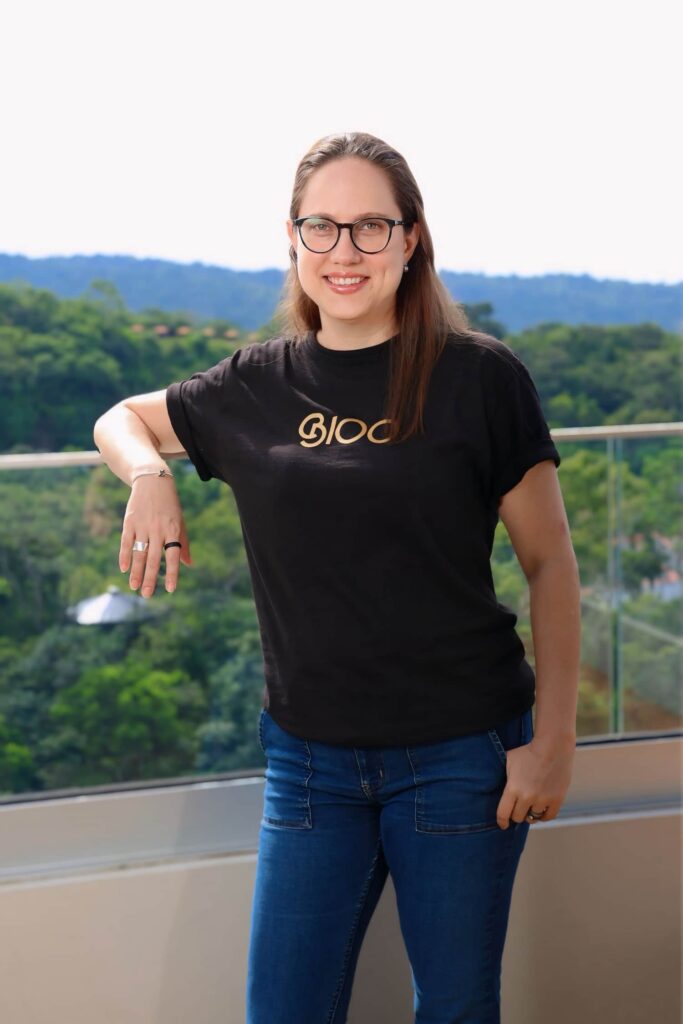
Heidi de Cienfuegos is a sustainable architect who brings together her German and Salvadoran roots in both her life and work. She calls herself a “hybrid,” a term her husband affectionately uses to describe her multicultural background. Together with her husband Rafael and a close friend, she co-founded B100 Arquitectos, a creative and sustainable design studio based in El Salvador. Their work is grounded in a shared passion for nature, design, and lifelong learning. Even though they had opportunities to work abroad after finishing their studies in bioclimatic architecture, interior design, green building certifications, and renewable energy, they chose to return home to El Salvador.
Heidi de Cienfuegos | Cofounder & Director | B100arquitectos
They believed that meaningful change could only happen if professionals stayed and helped improve how things were built locally. That bold choice became the foundation of their journey into sustainable design and advocacy. At EliteX, we are proud to have Heidi de Cienfuegos as Cover Story of the edition: 05 Influential Sustainability Leaders in 2025.
At B100 Arquitectos, Heidi serves as co-director, leading the creative vision and ensuring each project balances beauty with responsibility. Her goal is to create spaces that are visually unique, environmentally sound, socially inclusive, and economically viable. She leads client relationships, coordinates teams from different disciplines, and handles sustainability assessments and certifications. For Heidi, architecture is not just about buildings — it’s about improving people’s lives and caring for the planet.
Her love for nature and design began early. Heidi grew up inspired by her German grandparents, who taught her to respect nature, recycle, and enjoy the outdoors. When it came time to choose a career, she wanted something that could combine her love for math, art, and the environment. Architecture became that perfect match. Through it, she discovered a way to design buildings that not only look beautiful but also work in harmony with nature.
“Sustainability isn’t just a trend or a luxury, but a smarter and more responsible way to build.”
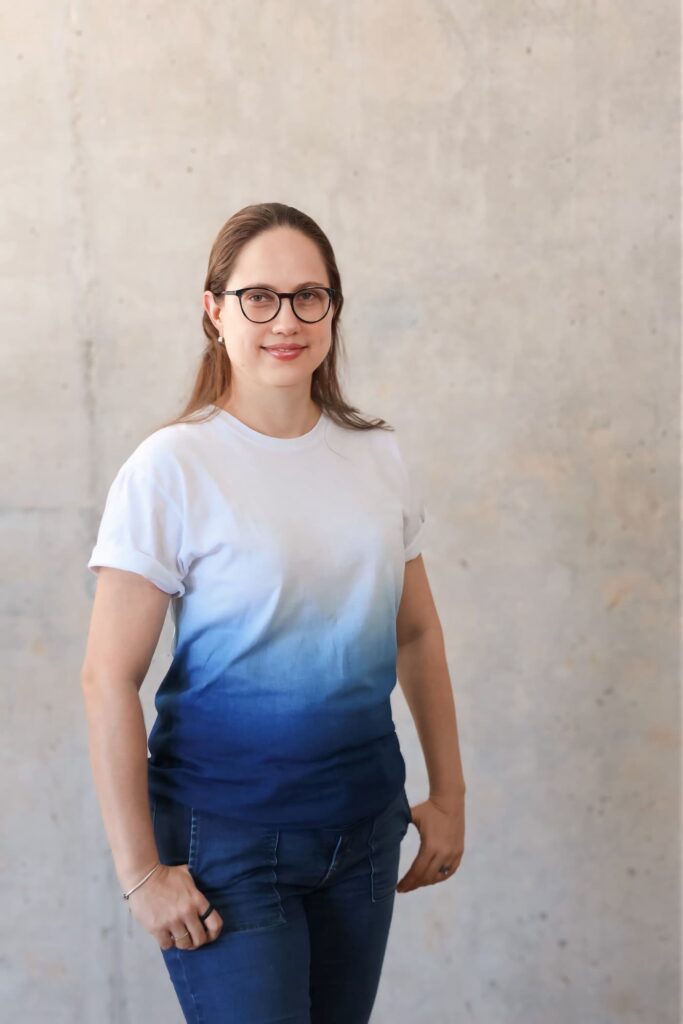
For Heidi, sustainability is both a personal and professional commitment. It’s about living responsibly and making mindful choices in everyday life. As an architect, it means designing with long-term impact in mind — considering how buildings perform, how they feel, and how they interact with their surroundings. She believes in using passive design strategies, responsibly sourced materials, and having honest conversations with clients about better ways to build. Every project is a chance to make a positive difference.
Among the many accomplishments in her career, Heidi is especially proud of her role in pushing sustainable design in El Salvador over the past 17 years. She and her team have helped shape voluntary regulations for sustainable construction in San Salvador and advised on some of the region’s highest-scoring LEED Platinum certified buildings. But their commitment doesn’t stop at buildings. Heidi and her team also created a private nature reserve covering 525,000 square meters beside the largest protected area in El Salvador. This land helps preserve ecosystems and protect biodiversity, showing their belief that sustainability must include the environment as a whole — not just construction.
Working in a country where design and sustainability are not always priorities has brought many challenges. Many projects in El Salvador are driven by cost and speed, with little attention to long-term value. Heidi has had to learn how to communicate the benefits of sustainable design in a way that clients understand. She’s also faced issues like limited access to certified materials, lack of trained labor, and weak policy support. But instead of seeing these problems as setbacks, she and her team used them to become more creative. They turned to local materials, focused on bioclimatic principles, and designed buildings that respond to the climate and context of each location.
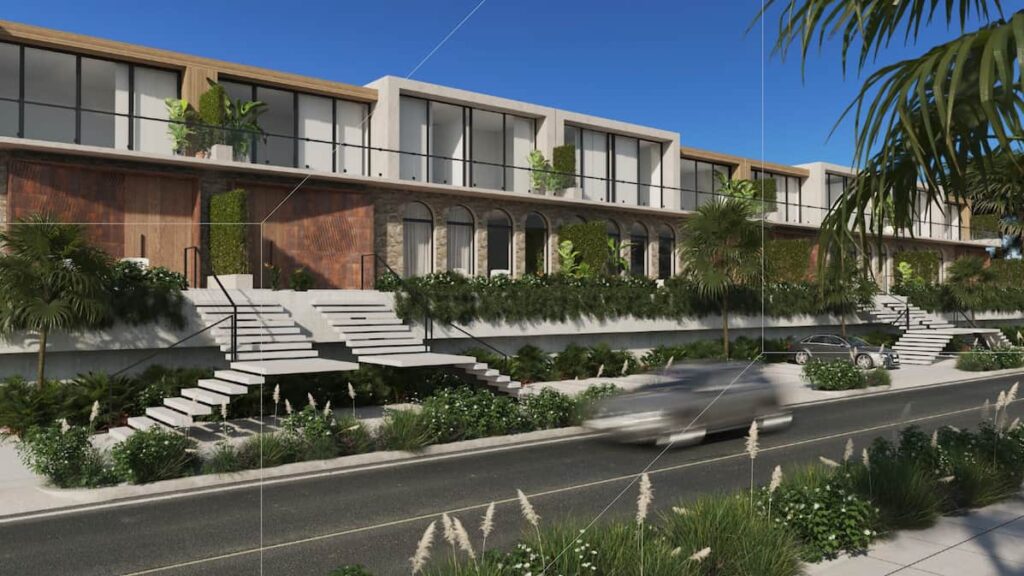
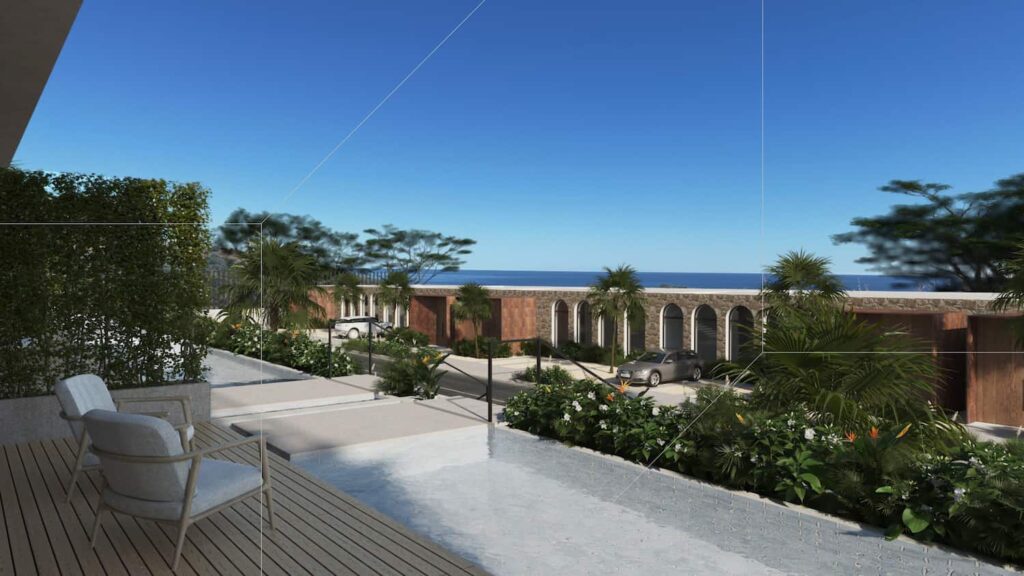
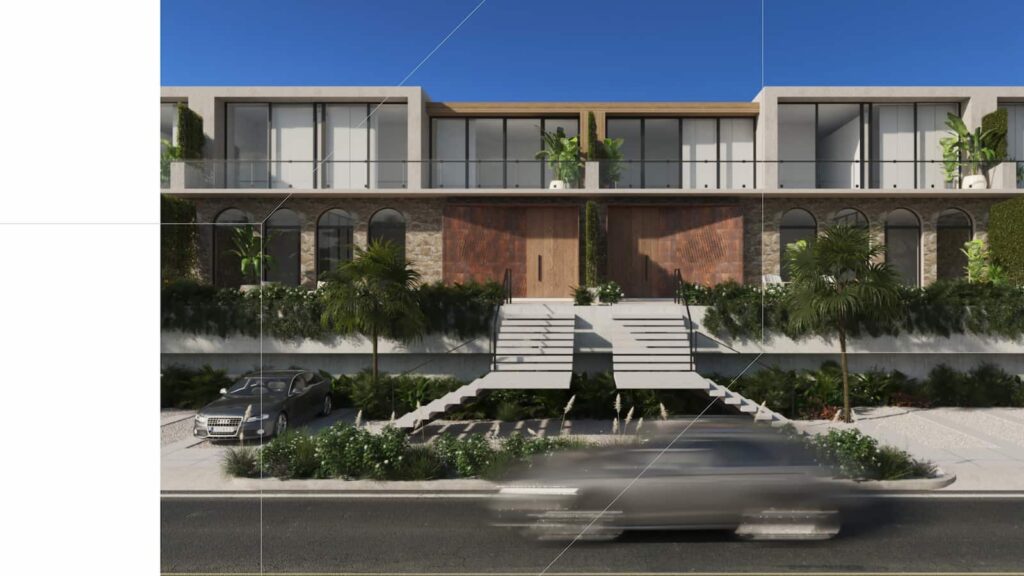
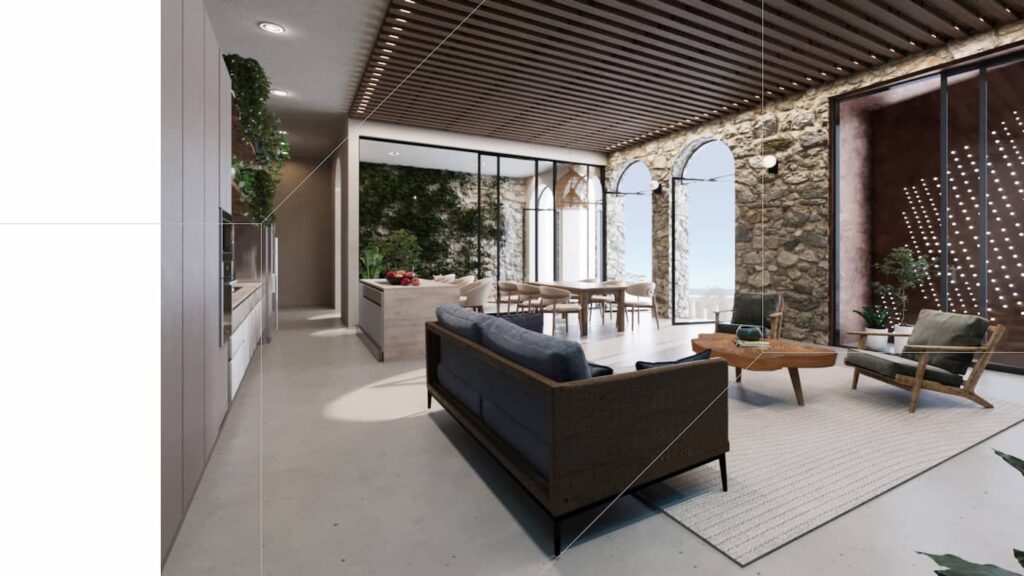
Keeping motivation high when change is slow can be difficult. For Heidi, it helps to focus on the bigger picture. Every small step — a better material choice, a thoughtful conversation, or a new idea — adds up to meaningful progress. She draws strength from her husband Rafael, her partner in both life and work, and their daughter, who inspires their commitment to a better future. She also finds hope in the larger global community of people working toward the same goals. Knowing she’s not alone in this journey helps her stay focused, even during tough times.
Heidi believes that both governments and businesses have essential roles to play in building a sustainable future. Governments must create strong policies and incentives that promote environmental and social responsibility. These might include building codes, renewable energy goals, or urban planning strategies. Meanwhile, businesses can lead by making responsible decisions, investing in long-term impacts, and choosing transparent and ethical practices. When companies and governments work together, they can create large-scale changes that benefit people, communities, and ecosystems.
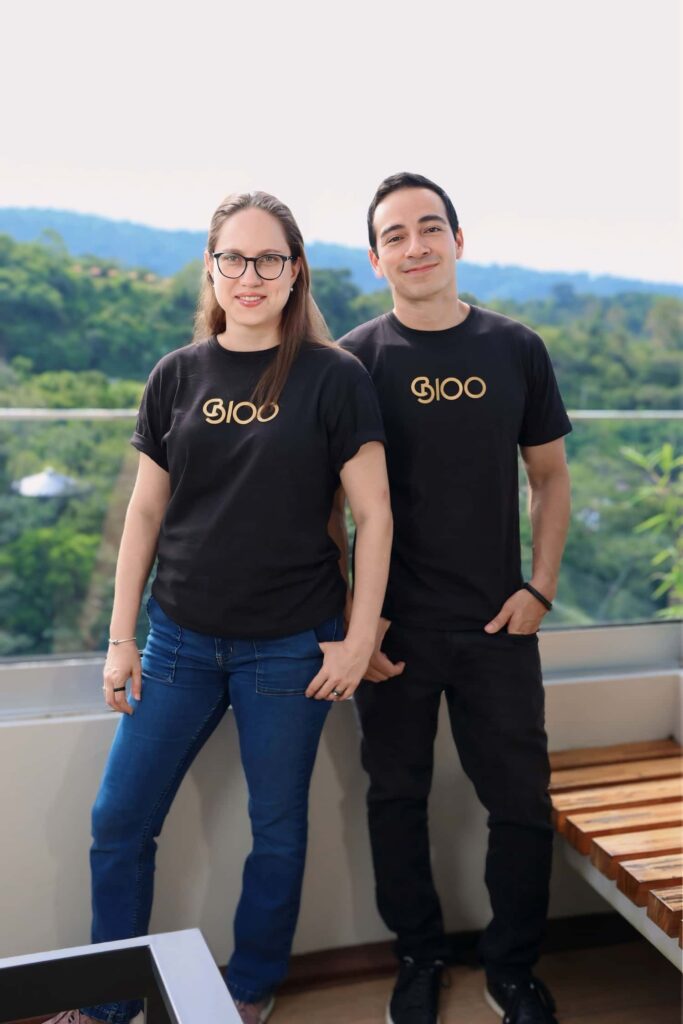
“Even if a project can’t meet every ideal, there’s always a way to include sustainable ideas.”
Technology, according to Heidi, can be both helpful and harmful in sustainability. On one hand, it enables better materials, smart energy systems, and more efficient buildings. On the other hand, it can lead to over-reliance on mechanical systems, distracting from simpler and more natural bioclimatic solutions. Heidi believes that true sustainability is about balance — using technology as a tool while staying connected to the wisdom of nature and the unique climate of each place.
Of all the environmental problems we face, Heidi sees climate change as the most urgent. Its effects touch nearly every part of life — from food and water to homes and health. Climate change is not just a result of bad choices; it also worsens other issues like biodiversity loss and pollution. Heidi also points out another modern challenge: the overwhelming amount of information people face today. With so much data available, it can be hard to know what actions really matter. She believes we need thoughtful, science-based strategies that focus on long-term healing and restoration.
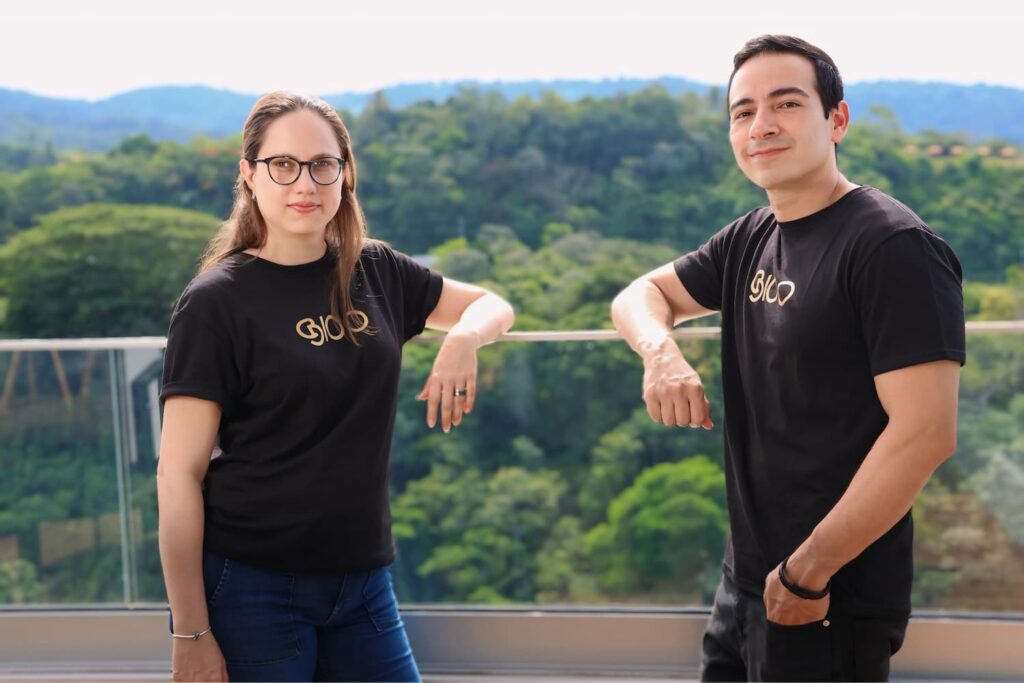
When asked what makes a great leader in sustainability, Heidi says it’s someone who leads by example. A true leader lives their values and inspires others through action, not just words. They stay hopeful during hard times, listen to others, and understand the importance of collaboration. For Heidi, sustainability leadership is not just about strategy — it’s also about heart, humility, and connection.
In her work, Heidi makes sure to include local communities and underrepresented groups in the design process. She believes good architecture should reflect the needs, values, and culture of the people it serves. She and her team involve communities from the beginning, listen closely, and make decisions together. They also work to make sustainable design accessible to everyone, not just those with wealth or privilege. For them, true sustainability must include social equity — healthy and efficient buildings should be a basic right, not a luxury.
To young people interested in working in sustainability, Heidi offers a message of encouragement: “Go for it — we need you.” She urges them to follow their passion, keep learning, and never think they are too small to make a difference. Sustainability is not limited to one field; it needs people from all walks of life. Heidi reminds young people that real change takes time, but every thoughtful action adds up. She advises them to surround themselves with inspiring people, stay curious, and lead with purpose. Sustainability is more than a job — it’s a way of life and a commitment to building a better world.
Heidi finds her greatest inspiration in her husband Rafael. His creativity, passion, and constant dedication to their shared mission keep her going. She also feels inspired by the broader sustainability movement, where so many people around the world are working in architecture, education, agriculture, activism, and other areas to make a difference. Being part of this global community gives her hope and strength.
“Architecture is not just about buildings — it’s about improving people’s lives and caring for the planet.”

Balancing ambition with realistic goals is a constant task in Heidi’s work. She and her team dream of regenerative buildings, strong communities, and cities that live in harmony with nature. But they also face practical limits like budgets, timelines, and local rules. Over time, they’ve learned how to be visionary and practical at the same time — to aim high but stay grounded. Even if a project can’t meet every ideal, there’s always a way to include sustainable ideas. These small changes build over time and lead to greater impact.
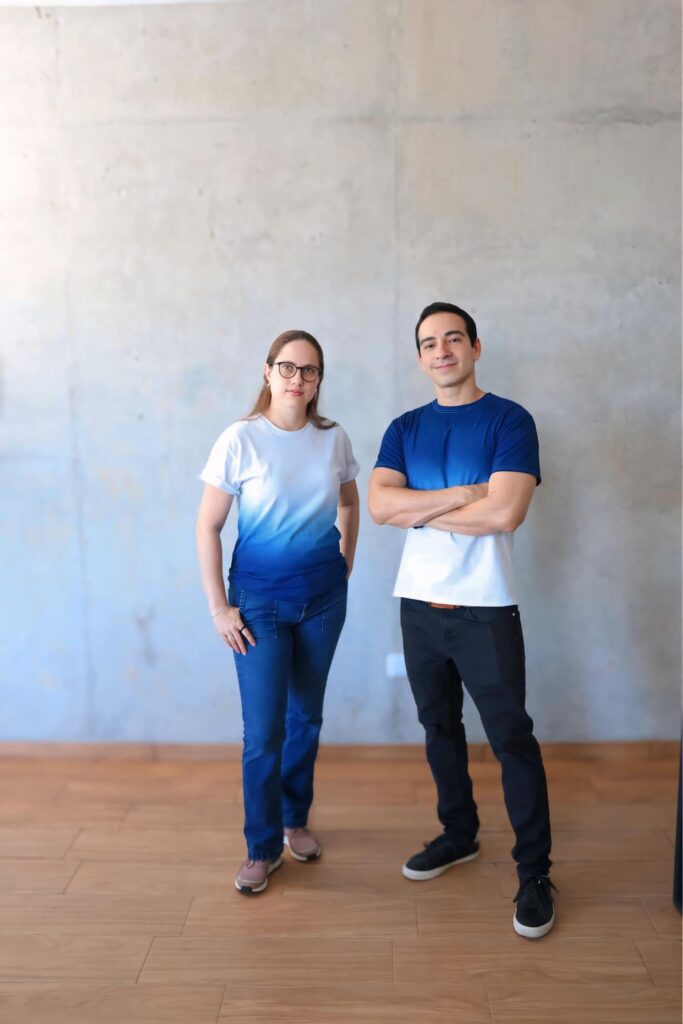
Looking ahead, Heidi hopes the next ten years bring real and lasting change. She dreams of a world where sustainability becomes standard practice — where cities are greener, air is cleaner, and people live in better balance with nature. She wants governments, businesses, and individuals to take bold steps, restore ecosystems, and embrace new ways of living. Most of all, she hopes future generations grow up surrounded by beauty, biodiversity, and the belief that sustainability is a source of pride and connection. She knows we already have the knowledge and tools — now it’s time to act with courage and work together to create a brighter future.